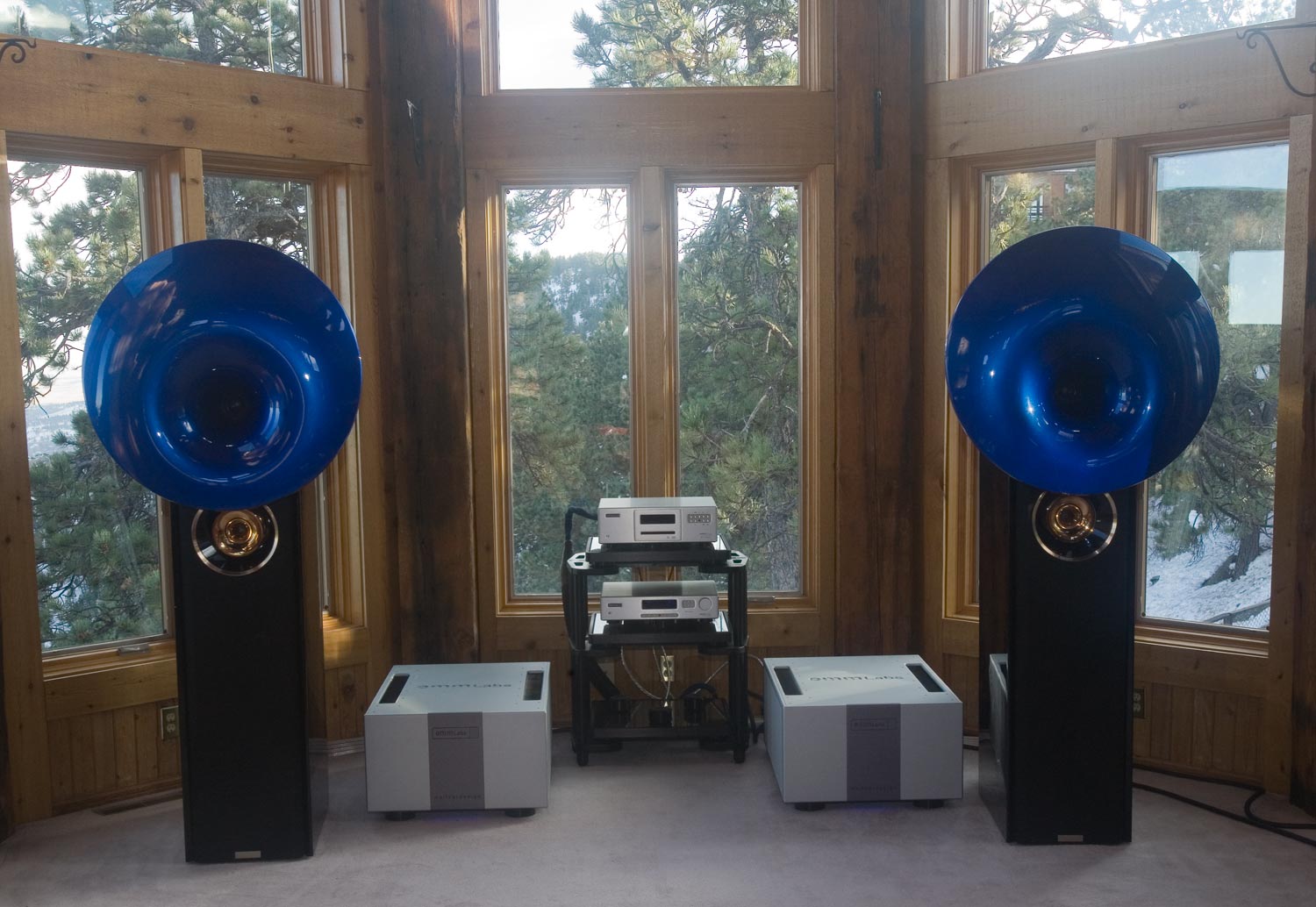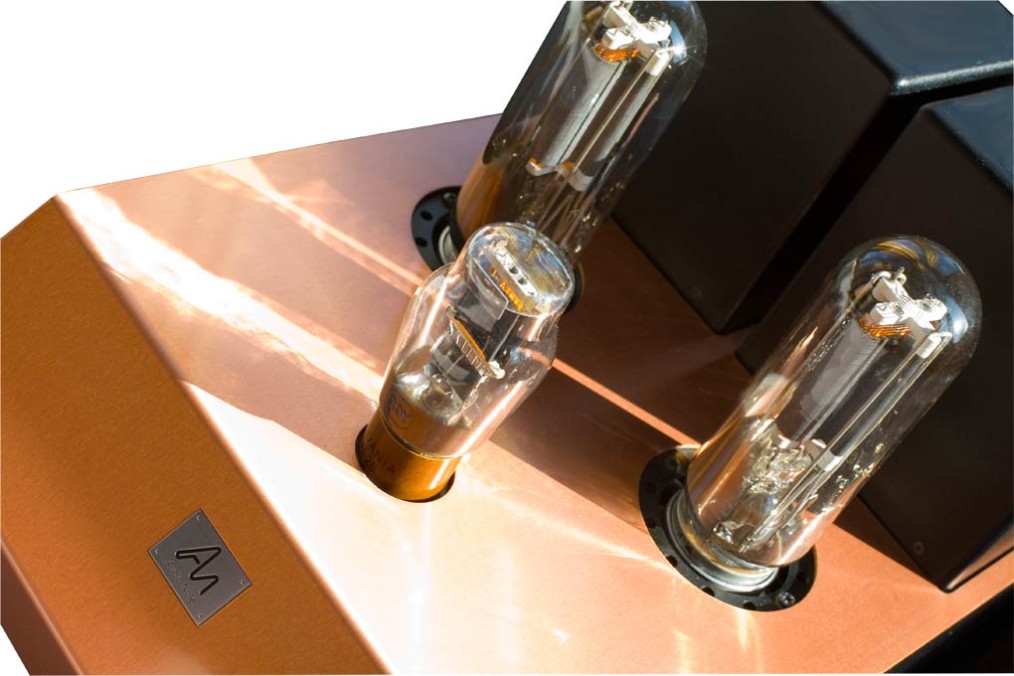The EMM Labs MTRX amplifiers, Neli is out, and I have some free time…
Out come the CDs that I know Neli looks askance at… 🙂
Patrick O’Hearn [forget which one, but they’re all good], Jean Michel Jarre, Live in China, Klaus Schultz, Angst, Moody Blues, Threshold of a Dream (SACD)….
I think...
I think I am.
Therefore I am!
I think...
Holy cow. I always think of when I first played these albums, over and over, pre-teens to early twenties, how I LONGED for the music to sound this way. Talk about angst…
The EMM Labs MTRX amplifiers are going to drive the poop out of your speakers
We’ve never had bass like this here, like we have with the MTRX on the Acapella Atlas. It really kicks my butt. [3 x 10 inch woofers (one is isobaric). I think the built-in Bladeilius amps on the 6 x 9 inch woofers of the Marten Coltrane Supreme speakers we had here are of the laid back bass variety, like most solid-state amps that have a decent midrange. Edge amps are another one].
It is a supremely bold effort – to make solid-state amps that are incredibly ballsy but still sound like music.
It is like what Krell should have been. What it wanted to be when it grew up.
I tell you, these amps are the ultimate ‘Boys Toy’ 🙂 🙂
It is so hard to tell how loud it is, everything is so clear sounding, and it is so much fun to keep turning up the volume. I have to do the old trick of talking out loud to the room to see if I can hear my own voice… or not…
The EMM Labs MTRX amplifiers are going to dominate the sound of your system
This not a bad thing. 🙂
We are doing a few cable shootouts these days. Nordost Valhalla and Odin. Acrolink [forget which models]. NVS Sound [lots of models].
Going from $16K Odin to $4K Valhalla interconnects is instructive.
A little duller sound, a little fuzzier imaging, a little nosier background.
But that is it.
Still have most of the slam, the control of the speakers, the notes staying separate in their little envelopes, the melodies not getting all fuzzed together… the amps still were doing their thing. The intrinsic character of the system stayed really pretty much the same [mostly, I missed the Odin’s black, black, BLACK background].
The EMM Labs MTRX amplifiers are going to ruin other solid-state amps for you
Those others? They are really dull-sounding and really wimpy. A bunch of girly men [I’m reading Arnold’s book. So… 🙂 ]. They, in hindsight, cannot keep separate melodies separate, the cannot reproduce all of the instruments of an orchestra at the same time, they cannot reproduce bass with all the authority of true-to-life bass [which the best tube amps can do, but not at this volume!!! Yeehaw!!!].
The EMM Labs MTRX amplifiers are a really bold effort to make a solid-state amp that is not just a ‘convenience’.
Sure, most solid-state amps are reliable, you turn them on. They work. They get the music from the preamp to the speaker. What’s to complain about?
It is like when (a few) cable companies started making cables that were not designed to fuzz out the sound. Most cable companies still make blurry-sounding cables so that you don’t get your ears chewed off by the horrible edginess of the upstream equipment. When they started making cables clear sounding, letting us hear the music, it was like a dream come true for people who like hearing the music.
I like hearing the music. It is really awesome. And I bet you do too.
The MTRX amps will be at CES 2015 driving Wilson Alexia speakers. Maybe the Venetian will let them crank it up once in a while. But even if they don’t it should be quite interesting. I’m really looking forward to hearing that system – and triangulating it with what we hear here. Yep. Interesting.




